Red Yellow Green Background Blue Circle
Every brand needs a color palette for their logo. Even if yours is black and white or a few shades of gray, that's a color palette. Brands use logo color combinations to express who they are. Color works at the primal level, signaling specific emotions in the viewer's brain. Before anybody even takes a closer look at logo or hears the name of your business, they'll deduce who you are and what you do all based on your logo's color palette.
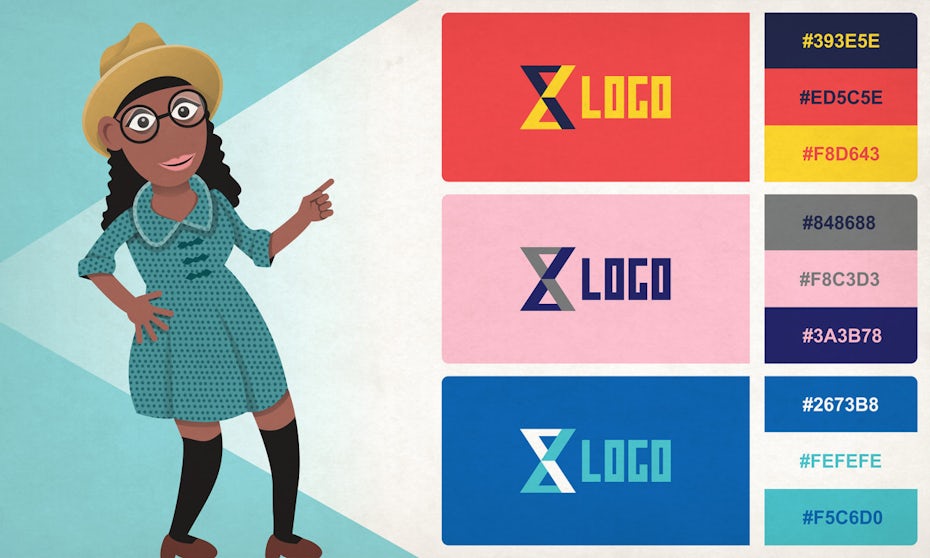
In logo color combinations, individual colors work together to make brands memorable. When you're designing a logo, the colors you choose are critical to its success and by extension, your brand's success. Here's everything you need to know about combining logo colors.
What does color do?
—
Color evokes emotions. Based on culture, traditions and even our own evolution, each color has deep-rooted psychological associations. For example, yellow evokes friendliness, while brown is more rugged and natural.
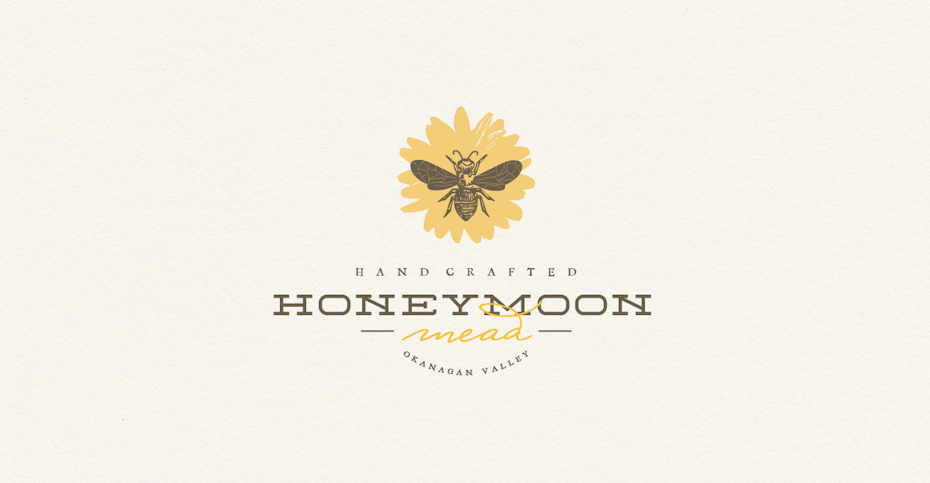
We've just sent you your free logo ebook.
Colors are hard workers. They tell stories, convey moods, communicate price points and connect ideas.
Aesthetically, color can play lots of different roles in logo design. You can use color to enhance design elements or to set a tone, you can make color the focal point or keep it in the background.
Sometimes, using black can make the other colors in a logo pop. In other logos, black is the main event.
Colors do it all—and they do it in an instant. That's why it's important to explore all of your color options and choose the right combination for your logo. Learn more about the fundamentals of color theory here.
How many logo colors do I need?
—
There's no set rule on how few colors you should use in your logo. You might only need one or two. How many colors you need depends on what your logo has to say for your brand.
Most logos use two or three distinct colors. Typically, it's one primary color and one or two accent colors to give the logo more dimension and put the brand's whole personality on display.
You've seen great logos that only use one color. Sometimes all you need is literally just one color or a few different shades of the same color. Other times, it makes sense to use a wider color palette to tell your brand's story visually.
24 inspiring logo color combinations
—
Bold logo color combinations
Highly-saturated hues are the best way to add energy and life to your logo design and build the perfect bold brand.
Red, orange and black
There's a reason why red is so popular for sports team logos—it's full of energy! Wanna yell with color? Pair bright orange and boisterous red.
Blue and gold
Warm colors aren't the only bold colors, though. A high-contrast logo is often a bold one, like a logo that pits a bright gold against ice blue.
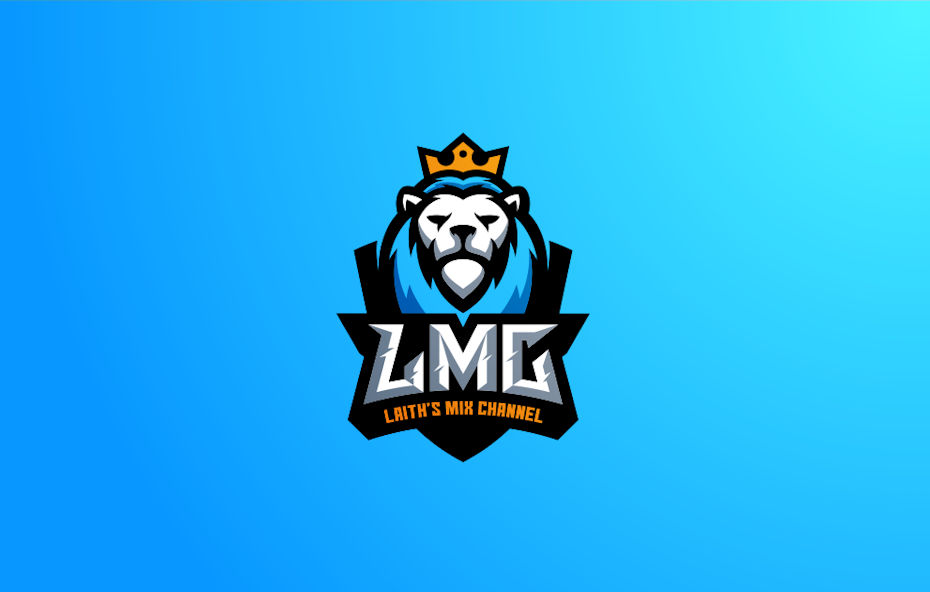
Purple and yellow
Another complimentary color combination, purple and yellow make a great bright and colorful team.
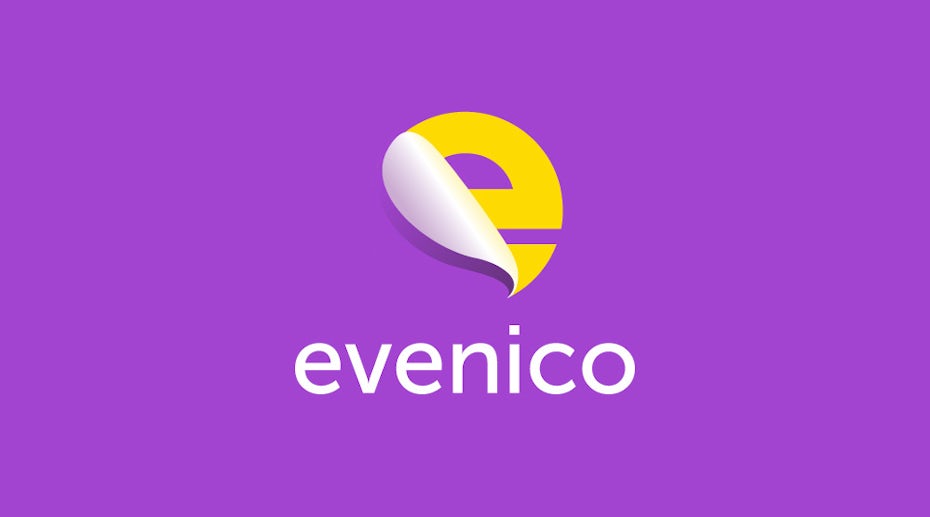
"Look alike" logo color combinations
Some brands choose color combinations that literally look like things. A popular way to use colors like this is to give abstract shapes specific colors that signal what they represent to the viewer, like blue squiggles to represent water or flesh-tone colored dots to symbolize people.
Deep orange, turquoise and navy
Bright reddish orange paired with shades of blue such as turquoise and navy is a complementary color combination that's sure to stand out. It instantly evokes memories of the sea and sunsets and feels simultaneously warm and refreshing.
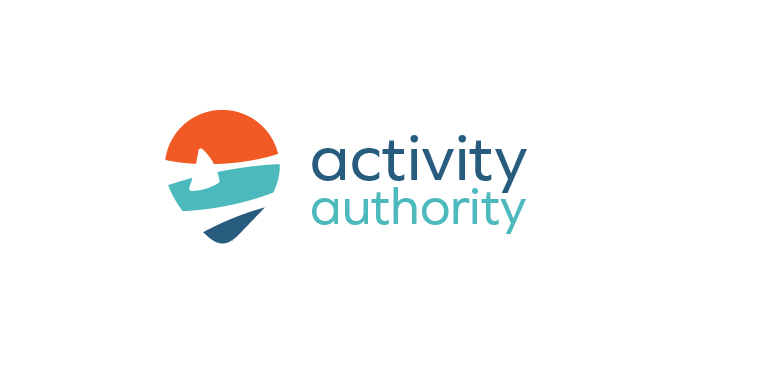
Natural green and brown
A literal color combination can also be used to communicate what a brand does when its name doesn't make that clear, which is why you see so many green garden and landscaping logos.
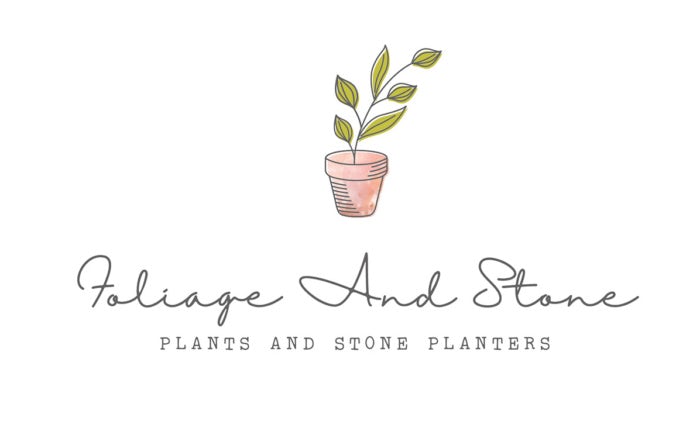
Orange, yellow and red
This vibrant, tri-color gradient of warm colors perfectly evokes sunsets, heat or fire.
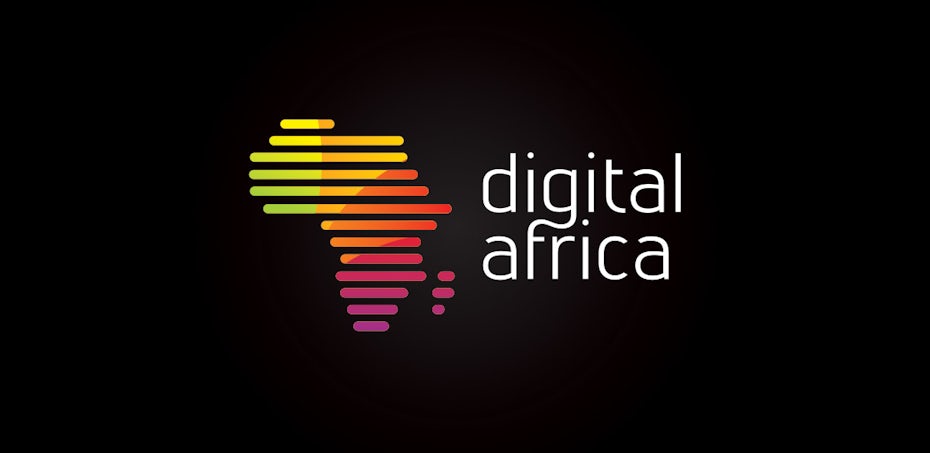
Peaceful logo color combinations
Tone down brighter colors by adding white to a pure hue, creating a subdued, pastel variation known as a tint. Greys and blues work great, too.
Navy blue and light pink
This combination emphasizes the calm light of dawn. Both warm and cool colors can be part of a peaceful color palette, where the key is to use colors that blend together, rather than high contrast.

Shades of green and blue
Combining different shades of green and blue in your logo has a calming, soothing effect and works great for brands that want to put their clients at ease.

Light purple and beige
Purples are the perfect picture of serenity. If you're searching for the perfect main color to build a peaceful palette around, you can't go wrong with purple.
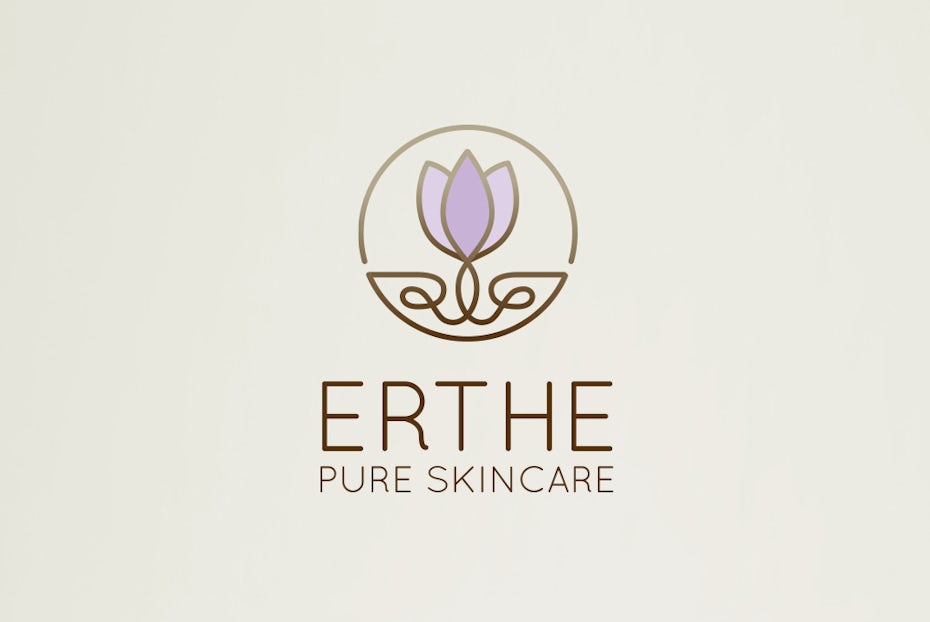
Natural logo color combinations
Capture the magic of nature with color schemes that evoke the beauty of Earth. Forest- and garden-inspired earth tones work great, but don't be afraid to explore beyond! For example, a combination of burnt sienna and yellow can create a hot desert-inspired nature palette, and dark blue with shades of silver and white can feel like a trek across the Arctic Circle. If you want your logo to feel like a specific natural setting, grab a photo of that setting and choose its most prominent colors.
Traditional earth tones
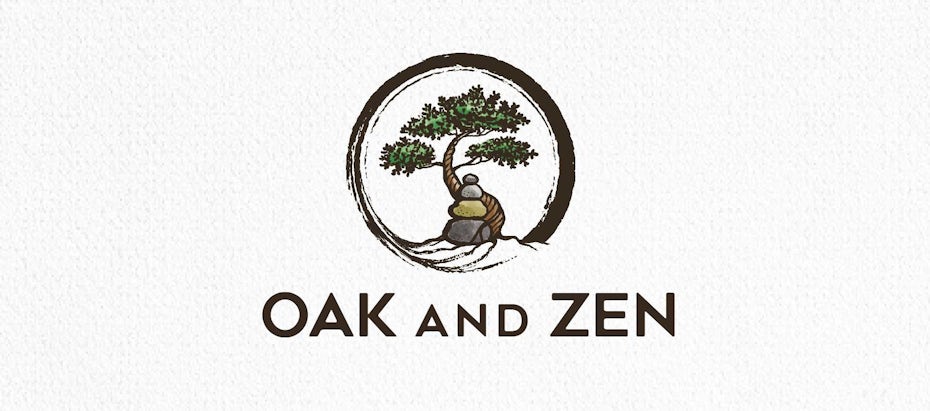
Untraditional earth tones
Earthy doesn't have to be boring! Try working less "traditional" earth tones into your logo. Pinks, reds and yellows can strike that balance between dynamic and down to earth.

Blue, green and tan
Tip your hat to clear skies and crystal oceans by bringing cool blues into your logo. Pair it with a green for a perfect combination.

Fun logo color combinations
Whimsical + colorful = fun. If you're not sure if your color scheme screams "fun," ask yourself if you'd find those colors in a candy shop. Bright, warm, contrasting colors are loads of fun, as are neon and "unnatural" colors like pink and purple and lime green.
Green, pink and yellow
For a fun logo, green, pink and yellow go great together. Make the color combination your own by choosing interesting shades, like a minty shade of green or a corally shade of pink.
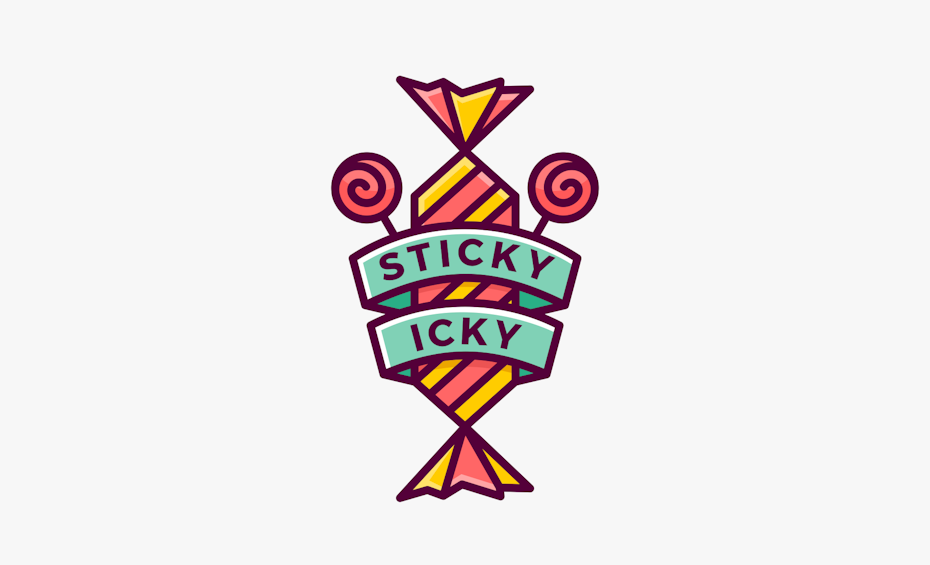
A rainbow
Typically, logos have one color and a few accents. Well, not all logos are typical. Up your fun factor with a rainbow of color. Just make sure you're using the right shades and amounts of each color so your logo isn't overwhelming.
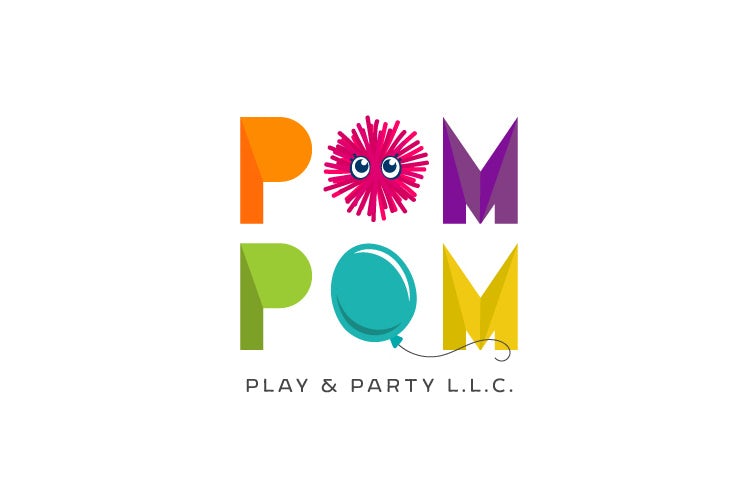
Red and green
With its combination of high-powered energy and natural calmness, red and green compliment each other to create a fun, carefree vibe.

Pink and turquoise
Pink and turquoise make the ultimate fun logo color combination. Choose this pairing if you're aiming for bold, bright and fun.
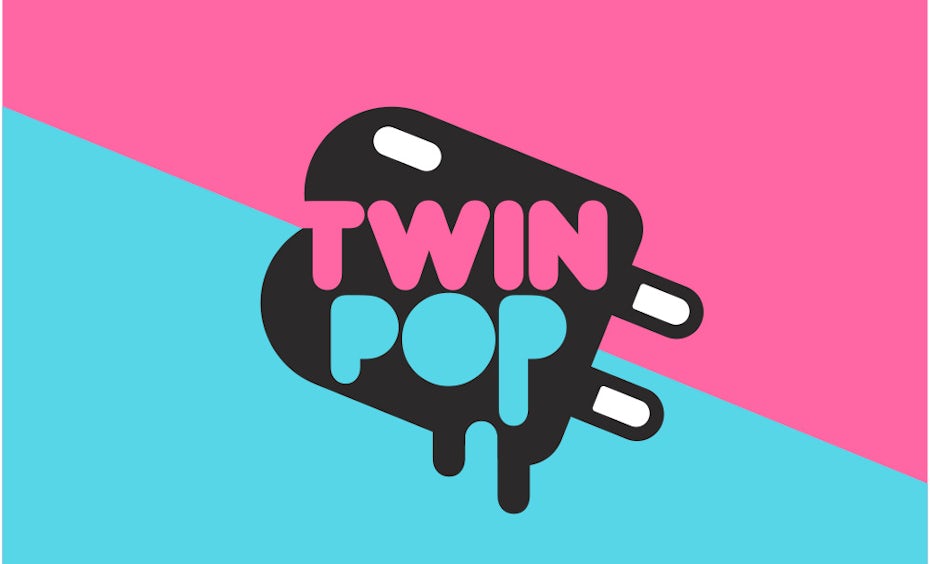
Blue, green and yellow
Yellow is the ultimate fun color, and this bright combination keeps it front and center. The blue and green accents balance it out for a color scheme that's fun, natural, and trustworthy.
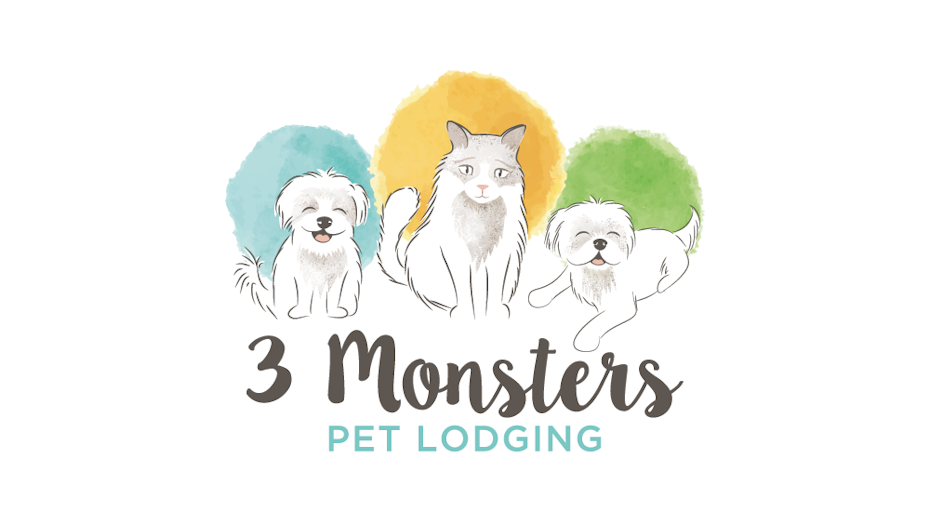
Serious logo color combinations
If you're in finance, law, medicine — anything where serious is a selling point — your ideal color scheme is one that uses neutrals and deep shades that communicate how seriously viewers should take your brand.
Black and white with accents
And when in doubt, black is always seriously in style. Add dark accents for a splash of color. Think crimson instead of cherry, navy instead of turquoise.

Blue and black
Serious color schemes are bold, but they're more of a confident bold than an in-your-face bold. This mix of blue and black evokes a dynamic, trusted brand personality.

Brown, beige and black
Brown and beige tones have a distinctly vintage feel, which gives your logo instant credibility. Use different shades to add depth and detail.

Grey, tan and gold
This combination of three muted colors brings to mind elevated, upscale, professional services. Together with the hard lines of the shapes, you've got a logo with a subtly serious tone.

Audience-based color combinations
Sometimes, a color palette's job is to communicate that a brand is meant for a specific audience. Using colors tailored to that population can make the brand stand out from its competitors.
Primary colors
Bright, primary colors like these often signify that a brand is for kids.

Pink and blue
Soft pastels are typically a go-to color scheme for baby products.
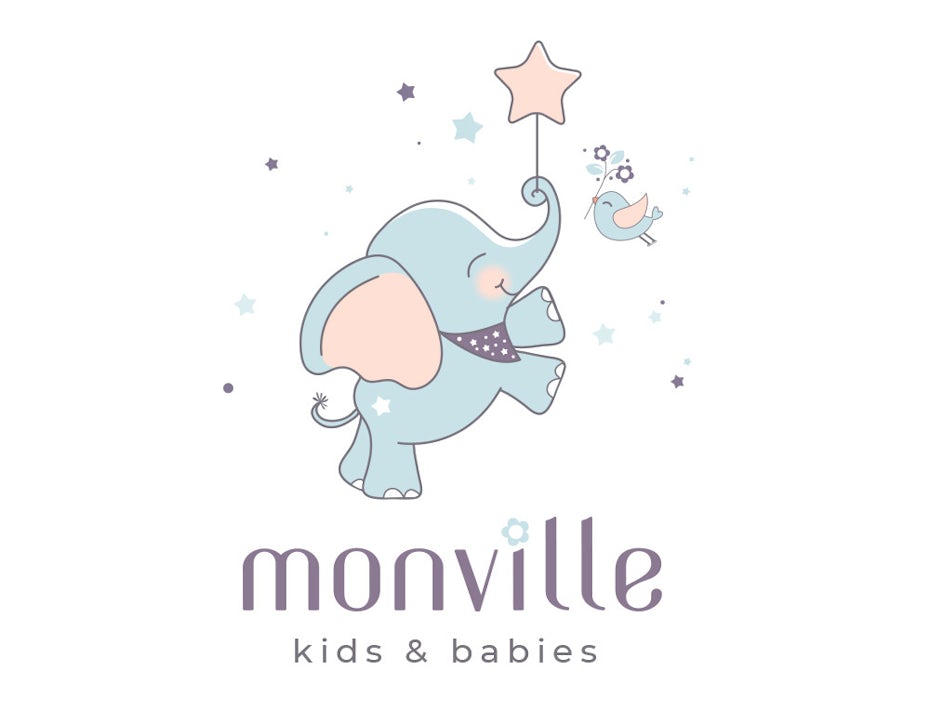
Navy, white and yellow
Navy is traditionally considered a masculine color, so if your brand is mainly "for men" consider going blue. Pair navy with yellow and white for a sporty, dynamic feel.

Blush pink, grey and yellow
If you're looking for a more feminine color combination, pair soft, warm colors with neutrals. Blush pink and sunny yellow go well with grey for a playful yet elegant look.
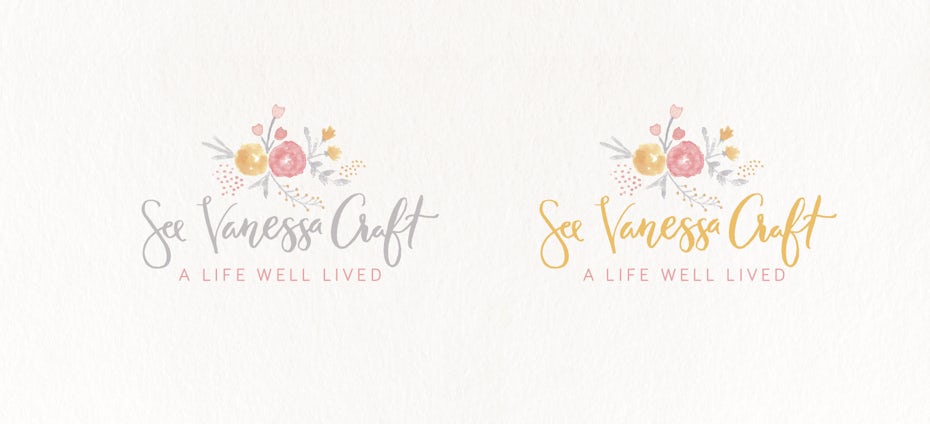
Creative ways to use your logo color combination
—
Once you've picked a color palette, the next choice to make is how to create a logo with it. Will one color be the logo's primary focus while the others give it contrast in the background? Or will each color be represented equally, maybe by giving each letter in your brand's name its own color or working them into a pattern where they all get equal playing time.
Gradients
Gradients are an easy way to put a whole color palette on display. Gradients are smooth and serene. They easily fade from one color to the next, creating beautiful in-between shades as they move through a palette. Your gradient logo could be subtle, moving between two fairly close colors or it can be a rainbow, going from one bold color to another and meeting plenty others along the way.
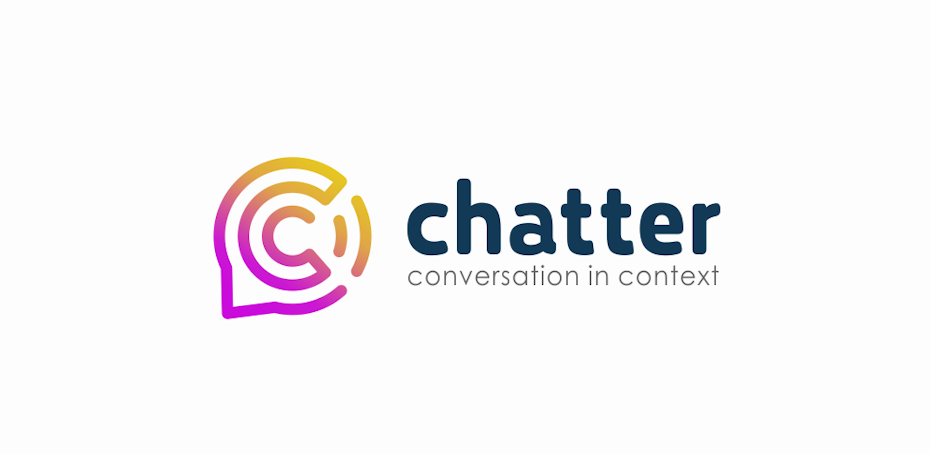
Geometry
When you use a geometric pattern in your logo, you get the opportunity to emphasize your brand persona further by choosing shapes that fit. We cover shape psychology in more detail in our brand identity guide, but here's the quick version: round shapes like circles and ovals tend to feel warmer, friendlier and more forgiving while straight lines and sharp angles feel strong, efficient and serious.
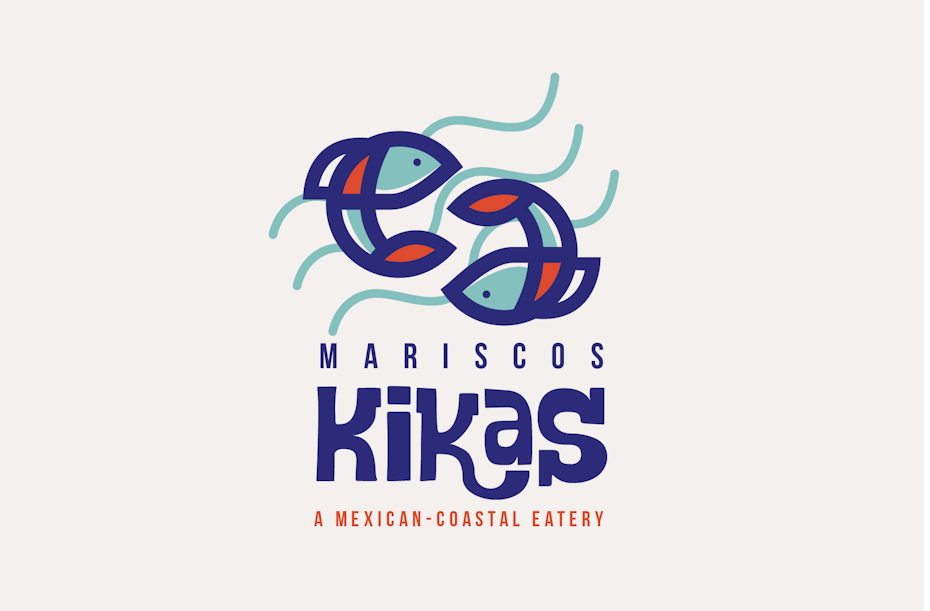
Coloring book
Another way to use your color palette is to use it to color in your logo. Pretend you're a kid with a coloring book and your palette is your crayon set. You've only got a couple of crayons to work with, so you gotta use them creatively to bring your logo to life.
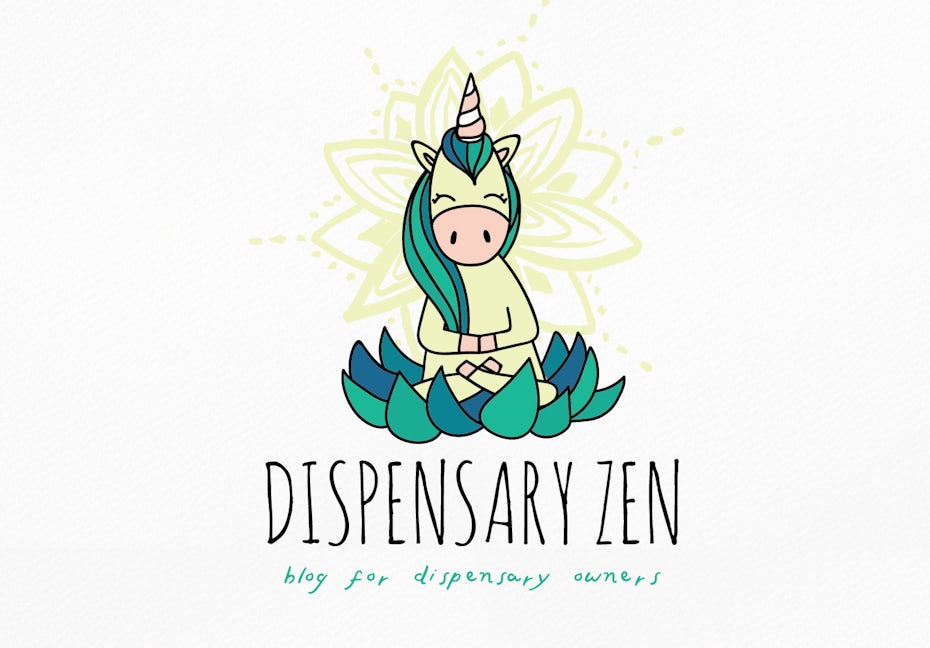
Now get scheming!
—
Choosing logo color combinations is work, but it's fun work. Play with colors and combinations to find the ideal palette and don't be afraid to look for inspiration from other brands in your industry or to ask for feedback. One effective way to figure out which colors should be in your palette is to use our logo color generator to match your brand identity to a logo color scheme.
Want help choosing the perfect blend of colors to represent your brand? Our designer community's got you! Work with a designer, and they'll bring fresh ideas for logo color combinations to the table so you have a whole spread to choose from.
Want to learn more about logo design? Check out our article on how to design a logo.
Want a logo with the perfect color combination?
Work with our talented designers to make it happen.
Red Yellow Green Background Blue Circle
Source: https://99designs.com/blog/logo-branding/logo-color-combinations/
0 Response to "Red Yellow Green Background Blue Circle"
Post a Comment